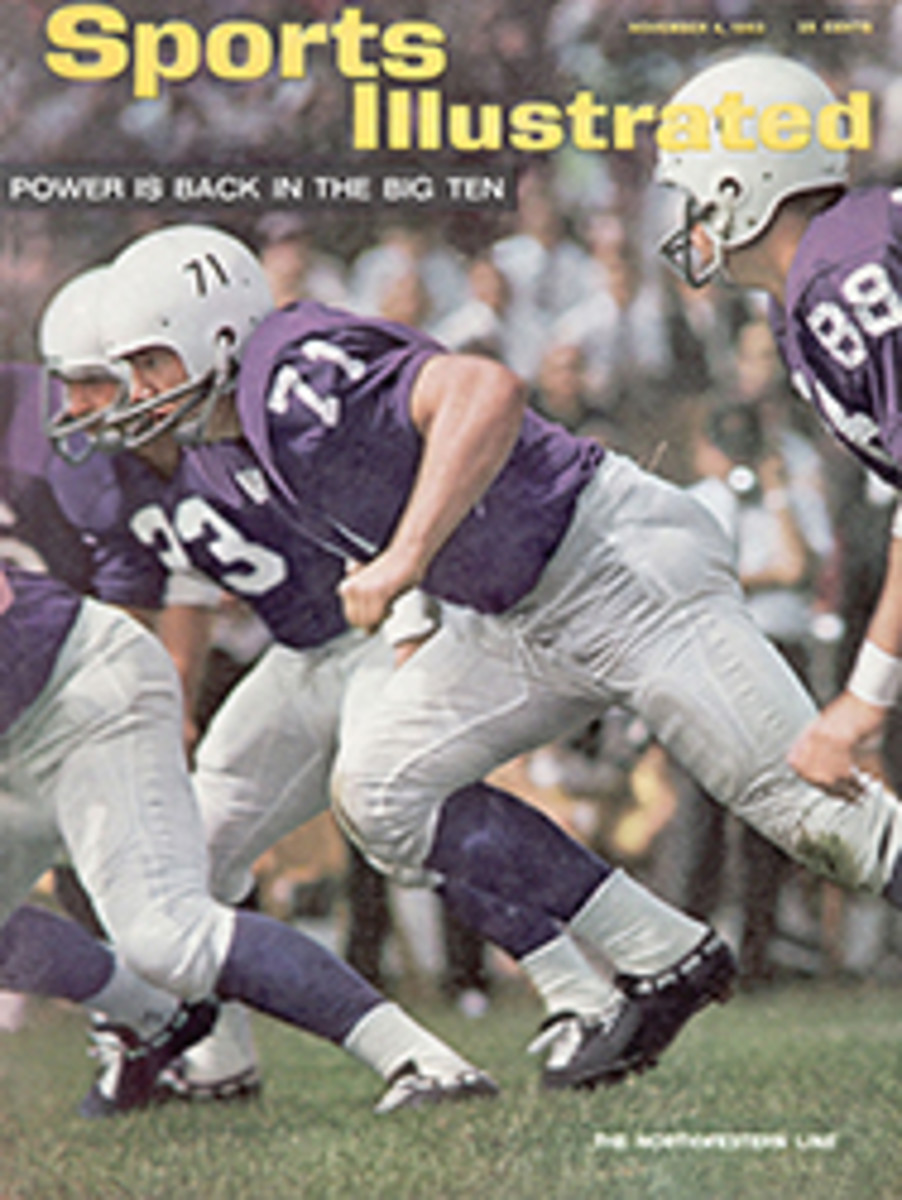
Blood in the ring again
This magazine's exposure of the shocking treatment of walking horses at major U.S. shows (SI, Jan. 11, 1960 et seq.) appeared to have a beneficial effect for a time, but now blood is flowing once more. Last week at Kansas City's American Royal, where 1,400 horses and ponies competed in our largest indoor event, dirt and tanbark were rubbed over the bleeding pasterns of walking horses in an effort to hide trainer-inflicted injuries from the judge. The deception obviously worked—or the judge refused to take notice. At other shows this year, all over the country, similarly injured and bleeding horses have been winning ribbons.
If the Royal was no better than most shows in that respect, it was far superior on other counts. Standing-room-only signs were out as not only the biggest ever, but the best show in years, drew record crowds, even when the temperature hit 97° to set still another record.
The finest collection of three-gaited horses since the Kentucky State Fair was assembled in the green sawdust ring, and the competition proved there is not a better walk-trot show horse anywhere than Miss Helen, the reigning world champion. A refined liver chestnut mare with a lofty trot and a commanding presence, she draws the applause of spectators and lavish praise from horsemen, who rarely volunteer charitable comments about rivals. Undefeated in this, her first open season, the 5-year-old gives every indication of reigning for many years. She belongs to Edward B. Jenner, a wealthy Illinois landowner who first showed dogs, then ponies and now horses, and renamed the mare to honor his mother, Mrs. Helen Baker Jenner. Miss Helen's selection and training is the work of Tom Moore, a long-legged horseman from St. Charles, Ill., who also handles Jenner's other horses and ponies. The Jenner-Moore combination caused a minor sensation in K.C. with a brand-new gimmick—a shiny black patent-leather saddle that was more of a distraction than an embellishment. Unfortunately, probably half our riders will show up with the saddles next year, having added a few polka dots to match the browband.
The five-gaited stake had the quantity but not the quality of the walk-trot event. The current world champion, My My, was absent, and the champion stallion, Jolie Richardson's Captain Denmark, showed up but was not in the proper mood. Earlier in the week he was an upset loser in the stallion division, so Trainer Garland Bradshaw decided not to show him in the stake. An unexpected entry in the class was Plainview's Julia, former two-time world champion, who had won the ladies class with Owner R. C. Tway's granddaughter aboard. Although this technically qualifies a horse to come back in the stake, most entries are either lady-amateur mounts or stake horses. Julia, however, proved that she was both. After a workout the judges decided that Julia, now with Jim B. Robertson riding, was the grand champion, with George Kimbel's pretty bay, I've Arrived, the gelding champion at Lexington earlier this year, in the reserve spot.
That the competition was very close throughout the Royal was demonstrated by some of the unusual ties. There was a three-way tie as the jumper stake started and that championship was eventually won by Ralph Fleming's The Dolphin. There was also a three-way tie among the cutting horses and another in the Cowgirl's Barrel Race, this one finally decided by a coin toss and a three-way money split.
Colonel Boyle, W. C. Madlener's extraordinary stallion, was one of the few entries to break the pattern of close competition. With Art Simmons at the lines this bold chestnut easily captured the fine harness title as he neared the end of four undefeated years.

